El Salvador: Santa Ana
प्रकाशित: 08.04.2018
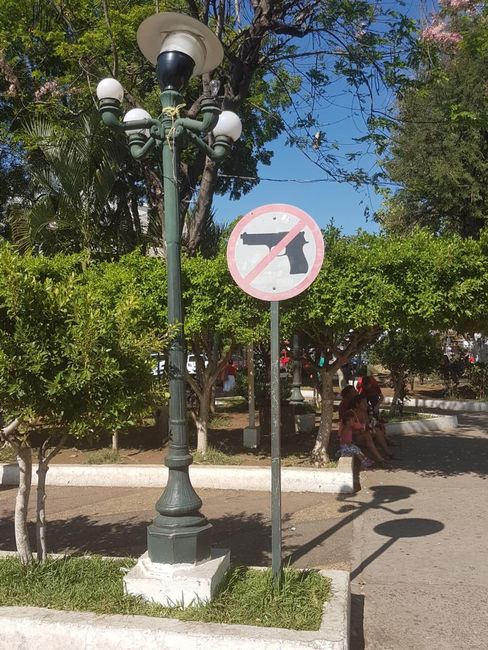
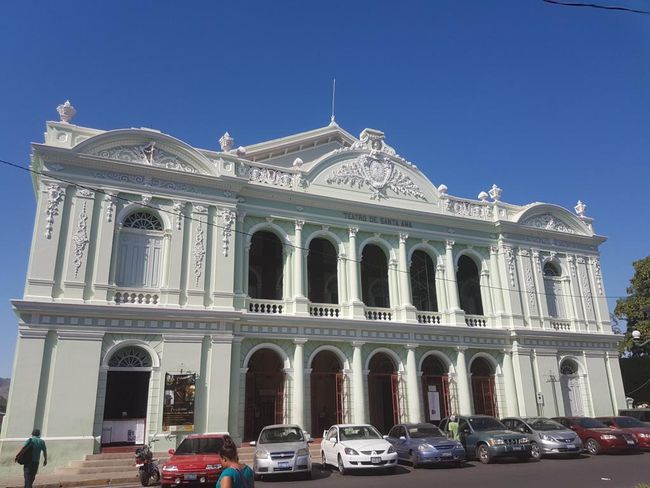
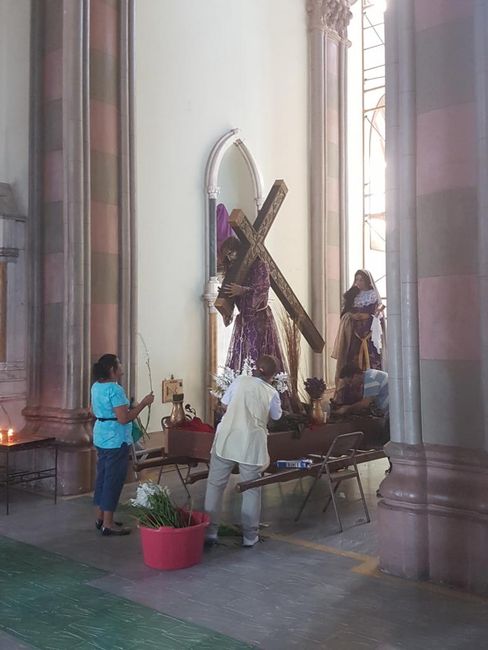
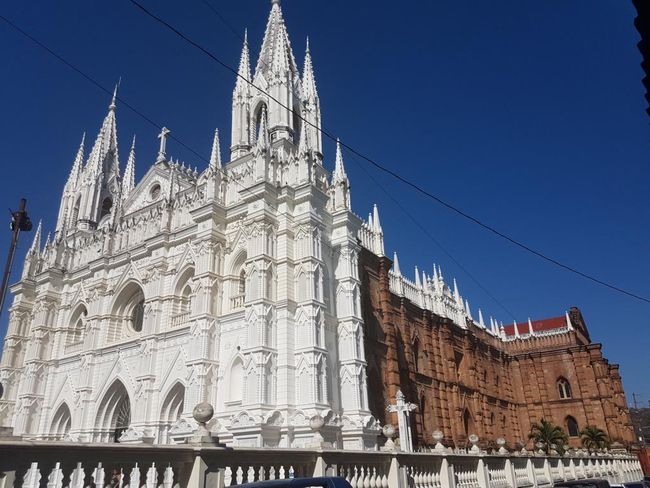
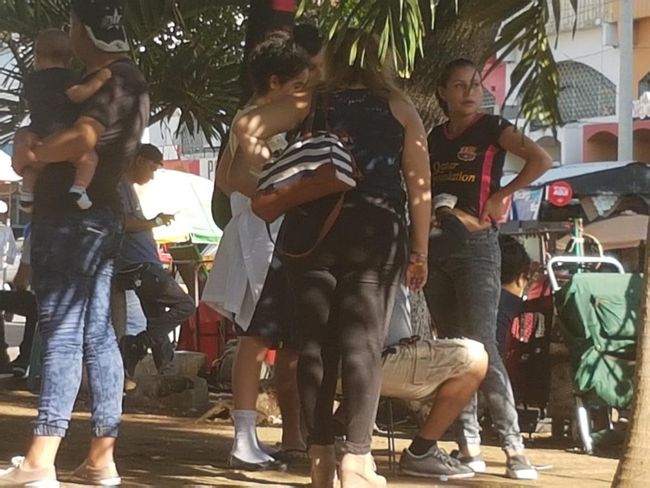
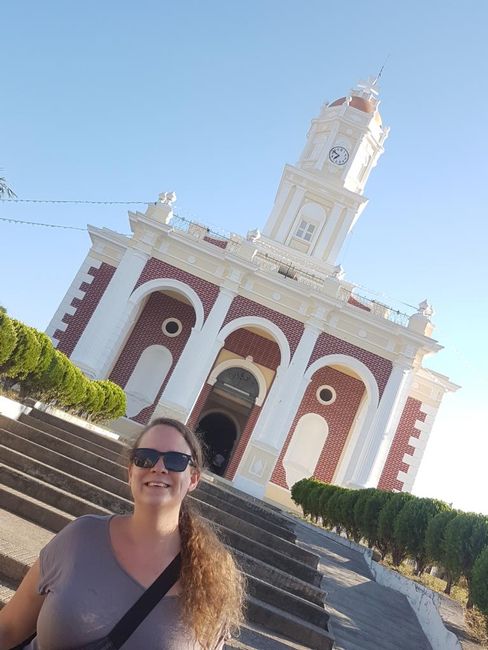
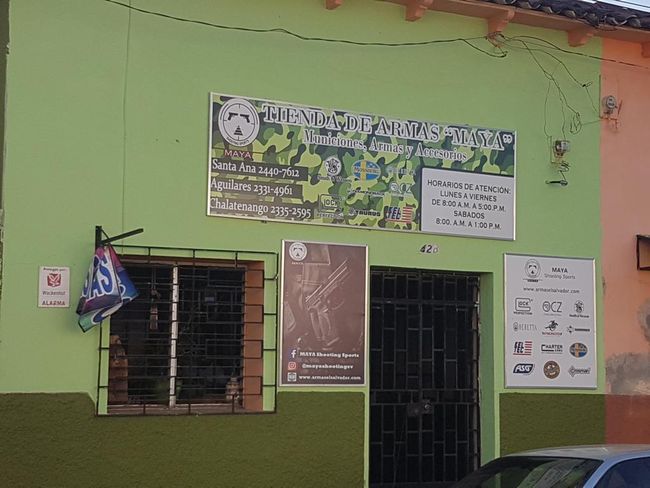
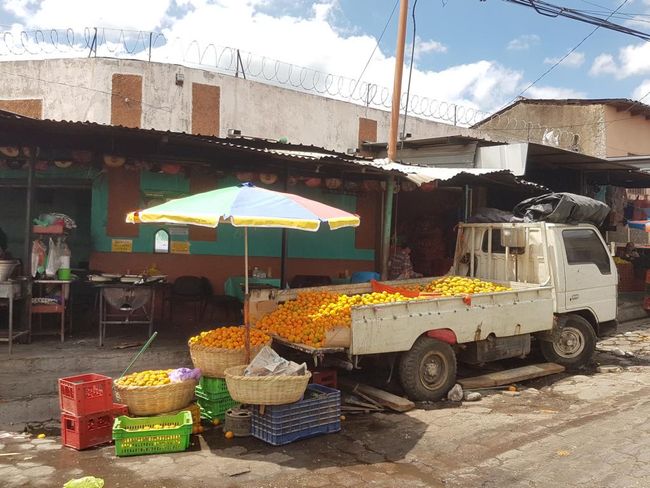

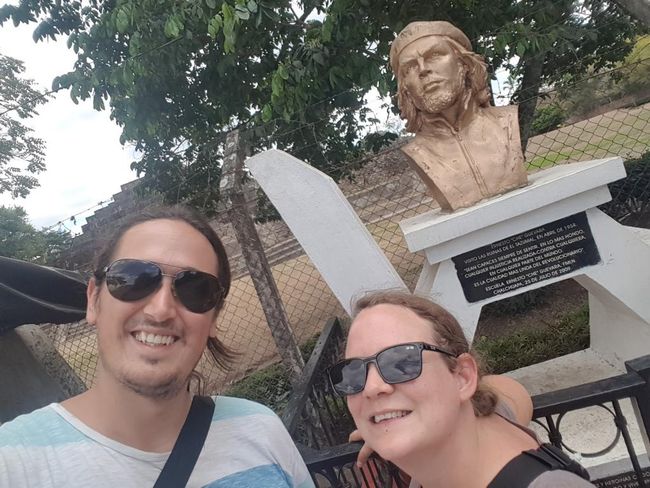
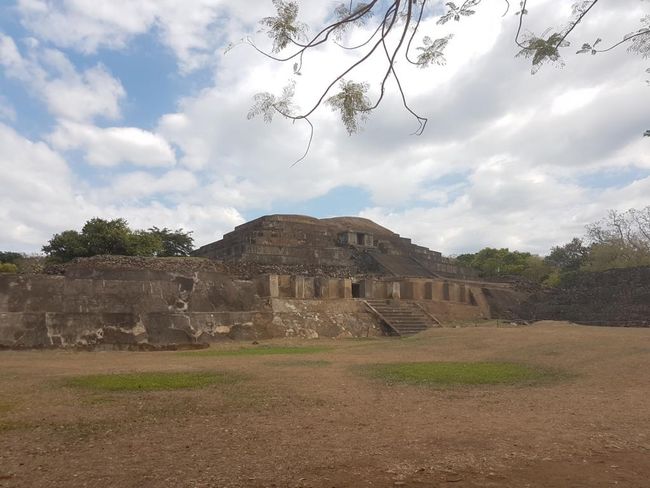
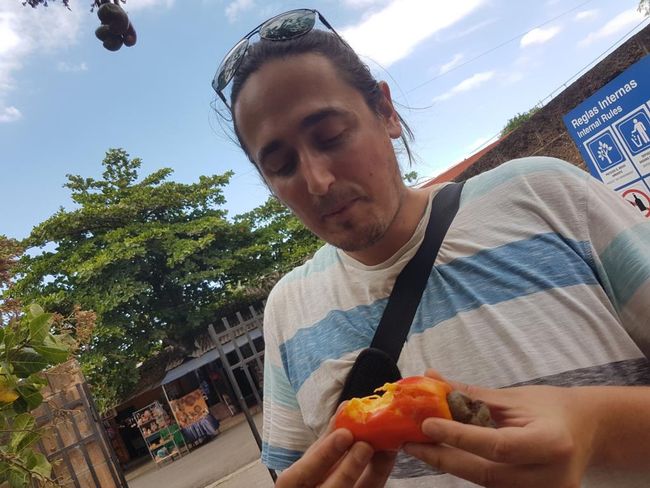
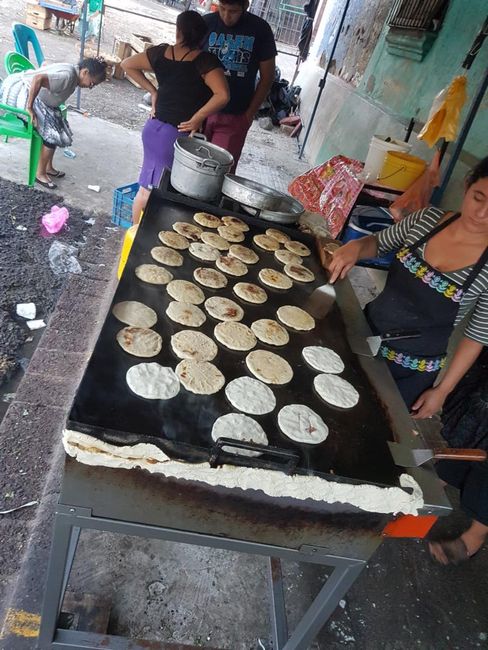
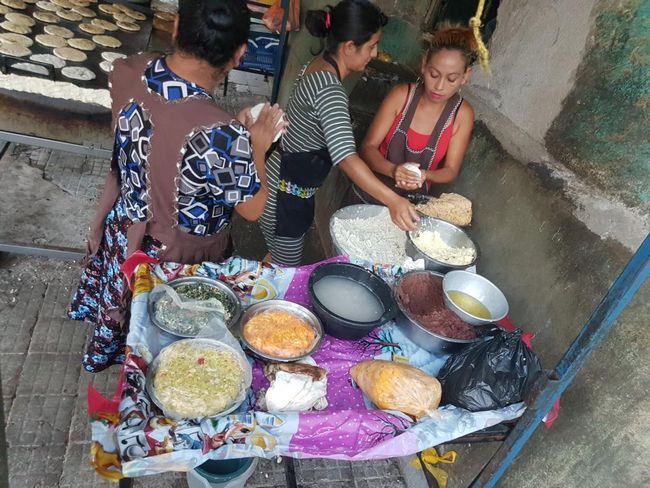
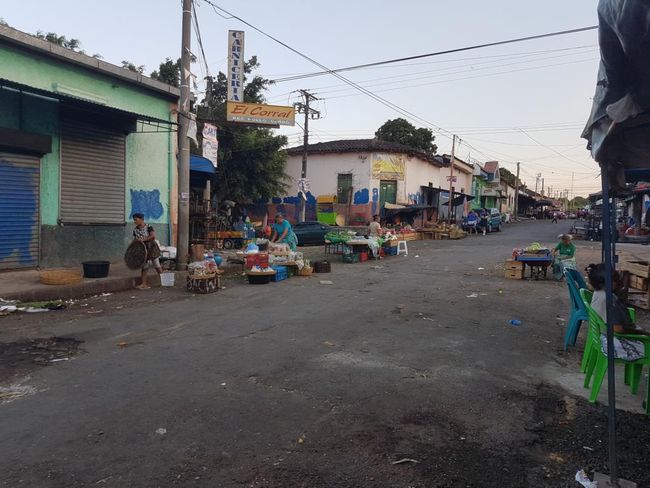
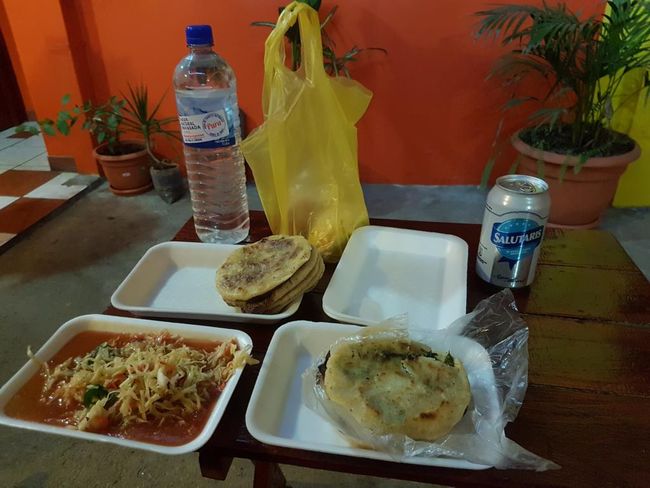
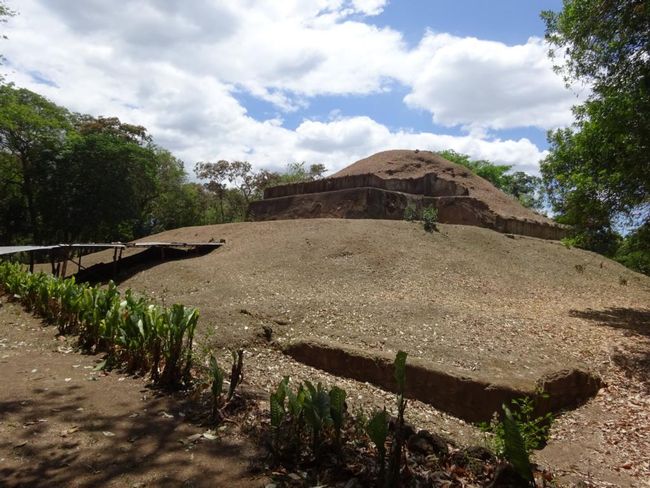
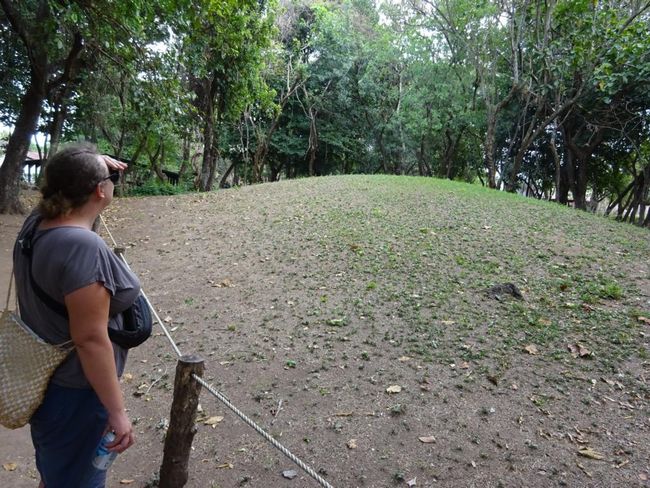
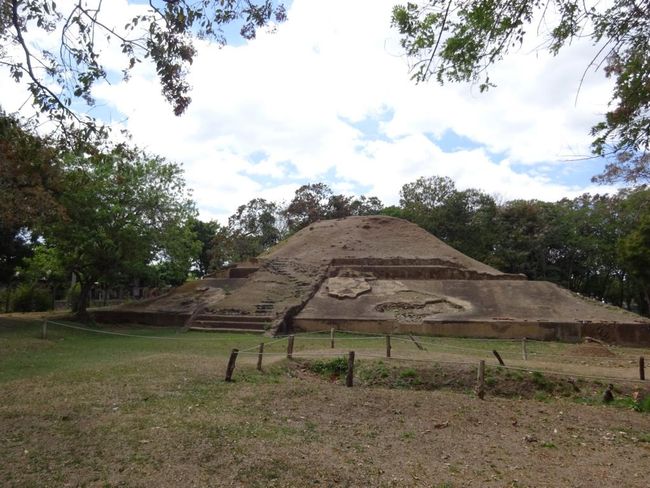
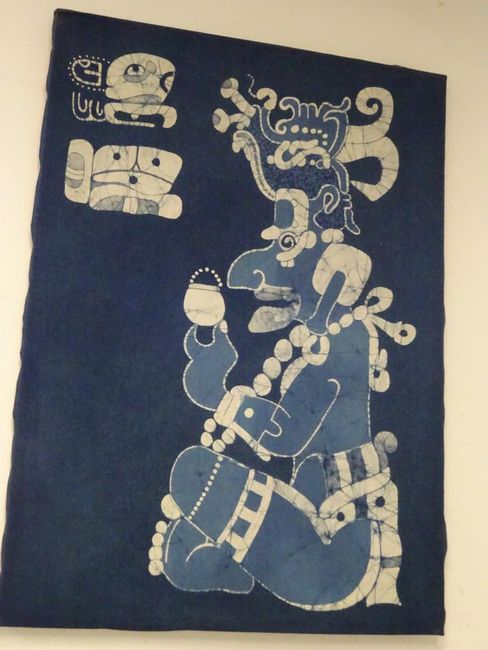
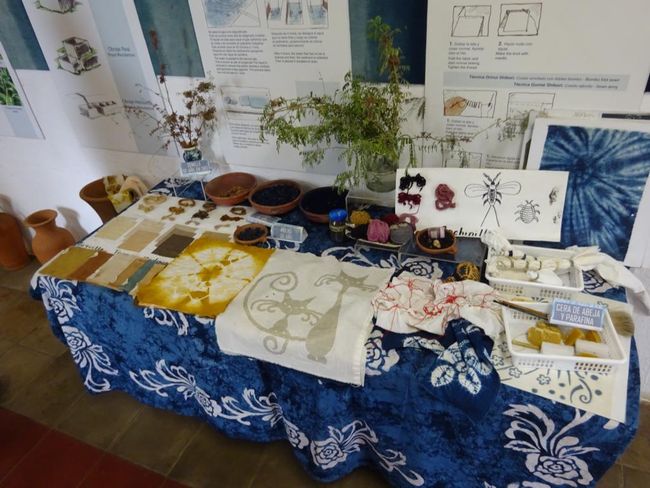
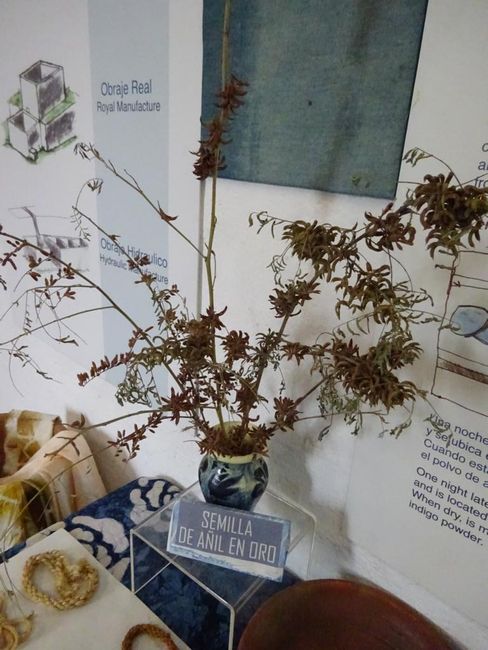
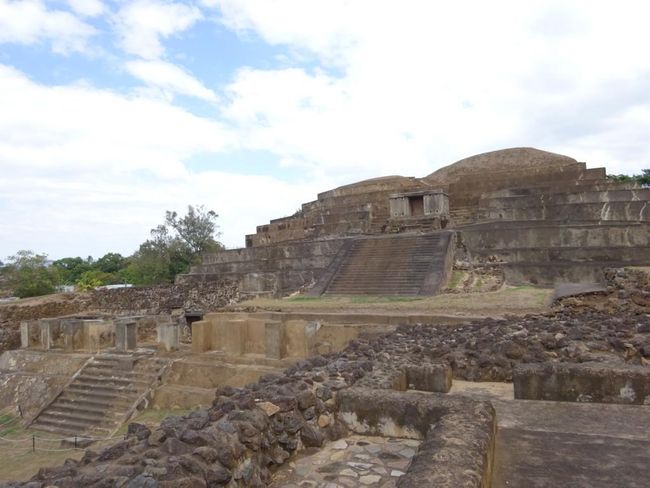
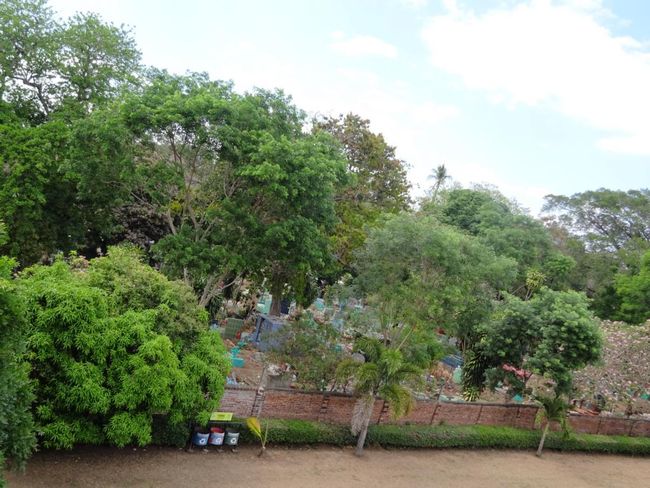
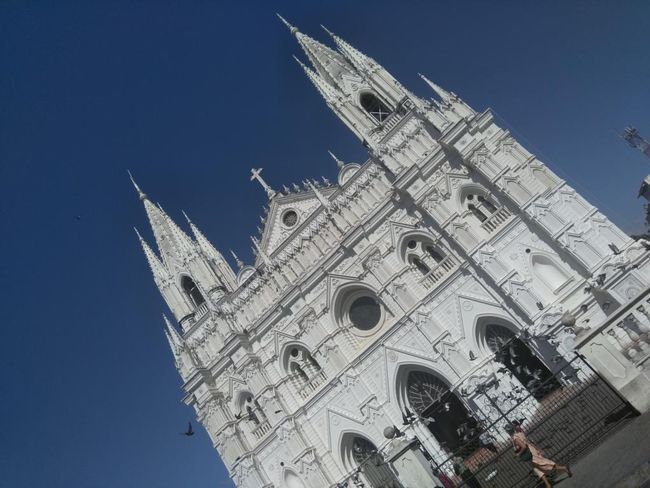
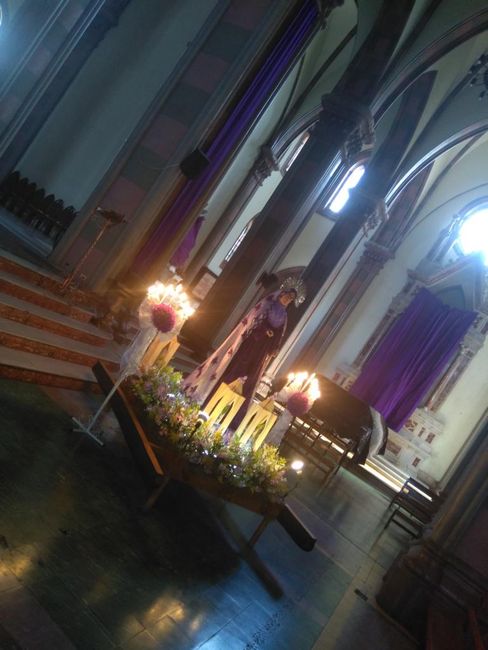
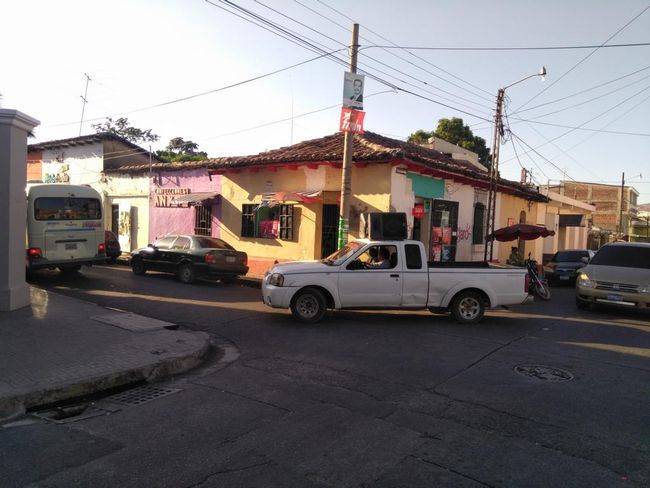
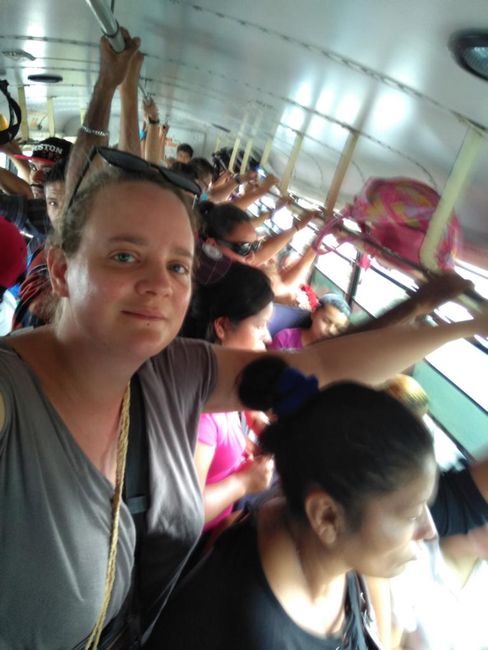
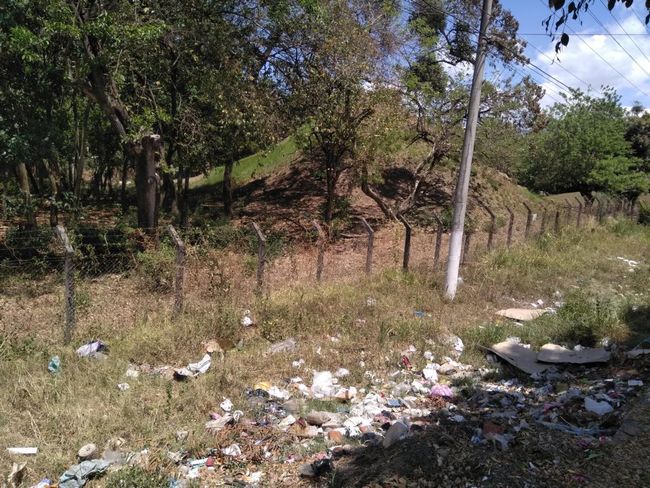
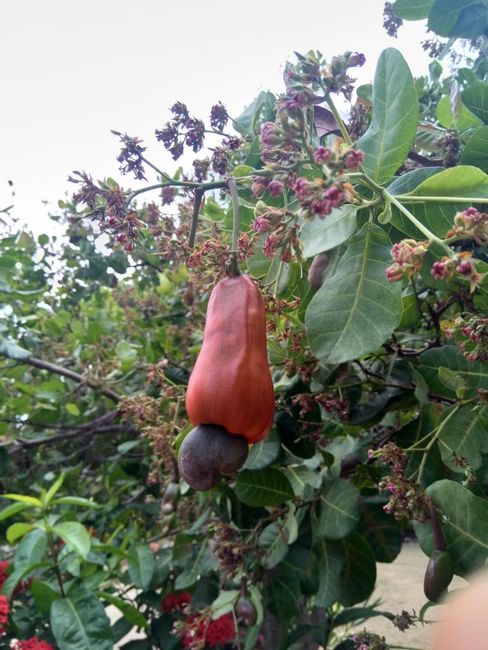
समाचार पत्रिका के लिए सदस्यता लें
We took the direct bus from Juayua to Santa Ana. Upon arrival in Santa Ana, we walked to our accommodation where we met Gilberto, the hostel owner. Since I had been having problems with my contact lenses for several weeks, we had planned to go to the shopping center this afternoon to see an optician and have dinner there. So we asked Gilberto how best to get to the shopping center. No problem, he said, he would take us there. Sounds good. However, we understood "take us there" to mean that he would simply drop us off there. But no, his hospitality knew no bounds as he parked the car and came with us to the shopping center to look for the optician. His hospitality became a bit too much for me when he started negotiating with the optician for a long time while I was left standing aside, and then diligently translated with his broken English what he had discussed with her, even though he had no idea what exactly my problem was. Every time I tried to intervene and explain my problem to the optician, Gilberto would start talking in a mixture of Spanish and English, causing such confusion that in the end, nobody, not Gilberto, not the optician, and least of all myself, got anywhere. Well, after what felt like an eternity of back and forth (and me definitely at the end of my nerves), it turned out that the optician couldn't help me anyway, as she didn't have the alternative lenses I wanted in stock, delivery time about 4 weeks. We visited 3 more opticians in the same shopping center, with the same course of events and the same end result. Immediately, Gilberto offered to drive us to the city to look for more opticians. Anything but that! I thanked him for his help and emphasized that it wasn't necessary. Sure, he meant well and just wanted to help me, but I was just annoyed by the boundless inefficiency with which the whole thing had been handled. Besides, my Spanish is definitely good enough to handle such situations myself. Gilberto, however, generally took little notice of this fact, no matter how much Spanish we spoke with him, he consistently and exclusively responded in English. Anyway, the next day we visited 3 more opticians in the city center ourselves and actually found one who could order my alternative lenses for the following day. Gracias a dios!
After that, we wandered around Santa Ana a bit, but there really wasn't much to see there, except for a few colonial buildings and some pretty churches.
The next day, we took the bus to Chalchuapa to visit the two most famous Mayan ruins in El Salvador: Tazumal and Casa Blanca. How should I put it, the ruins are really nothing special, and considering the fact that they were already our Mayan ruins No. 10 + 11, it was pretty boring.
In Casa Blanca, there was actually the indigo workshop that you could visit, which was the most interesting. Indigo is a natural blue dye for textiles, which is extracted from the leaves of a plant and used to be El Salvador's main export item alongside coffee and cotton. In today's age of chemical dyes, indigo has lost much of its importance for the Salvadoran economy, but it is still exported and used for dyeing food and for medical purposes. In the workshop, the women explained to us the different techniques used to create the various patterns on the textiles. The simplest ones are made with simple batik techniques, using cords or rubber bands, just like I learned in primary school. The more elaborate patterns are painted on the fabric with wax before it is dyed blue. Then the wax is removed using heat, leaving the white figure.
There were also display boards showing how the leaf powder is extracted from the plant.
Both archaeological sites have a small exhibition where artifacts are displayed and explanations about Mayan culture are given, especially focusing on the typical Mayan human sacrifices. For us, of course, none of this was new anymore.
At the exit of the Tazumal site, there was a tree with strange fruits on it. Under the tree sat two security guards in the shade. We asked them what kind of tree it was and if the fruits were edible. Yes, they said, immediately got up, brought a long wooden pole and picked one of the ripe fruits higher up in the tree for us to taste. It turned out to be a cashew tree! The fruit wasn't bad, but also not incredibly delicious, somewhat sweet and bitter. The security guards clearly enjoyed being able to show us something new, and we appreciated their hospitality and enthusiasm.
Later, we took the bus back to Santa Ana. Although the ruins didn't offer much, it was still a nice day overall!
In the evening, we treated ourselves to some pupusas from the nearby pupuseria before heading back to San Salvador for the 3rd time the next day.
समाचार पत्रिका के लिए सदस्यता लें
उत्तर
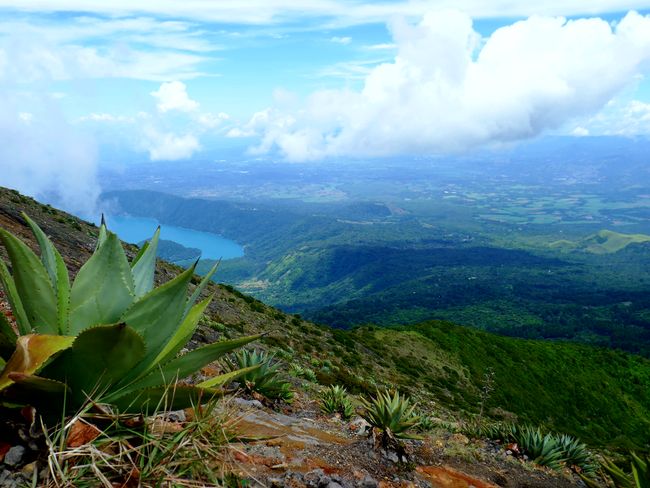
यात्रा रिपोर्ट अल साल्वाडोर

